Gavin Newsom: The President Nobody Needs
For many Democrats, Gavin Newsom has become an object of desire. Aged 55, the Governor of California’s relative youth, coiffed good looks and ability to speak in something close to coherent English contrasts with their bumbling leader, whom as many as two in three Americans feel is not entirely up to the job. As a result, the chorus calling for Newsom to become America’s 47th President has been growing steadily louder.
Not surprisingly, Newsom himself seems to be waging his own campaign to achieve that end. He is, according to Politico, acting “like the president-in-exile”, promoting a new gun control constitutional amendment, working to ban petrol-powered cars and threatening to arrest the Florida governor, Ron DeSantis, for “kidnapping” migrants. Indeed, his profile seems to be growing just as Biden’s handlers ramp up their efforts to insulate the President from the media, his poor cognitive state posing a danger both to himself and to his legislative programme.
Yet Newsom’s sparkling ascendency might dim somewhat if the media bothered to consider what is actually happening in his fiefdom. Flicking through the mainstream press, one could be forgiven for realising that Newsom has presided over California’s fall from economic pre-eminence: the Golden State is now home to record homelessness, sub-par GDP growth, the nation’s highest poverty rate, a tech downturn fuelled by the collapse of Silicon Valley Bank, and a consistently underperforming public education system. These factors have fuelled a powerful out-migration trend — up 135% in just two years. Recent polls find upwards of 40% of residents are considering leaving, while the rising tide of wealthy emigrees has already taken away $20 billion in adjusted income since 2018.
When the state was flush, Newsom scored progressive points by handing out subsidies to poorer Californians, creating what was heralded as an ideal “blue welfare state”. California certainly spends more of its budget on welfare than virtually any other state, twice as much as its arch-rival Texas. But, at its best, this growing welfare state reflects a staggering inequality, in which 20% of state wealth is held within 30 zip codes that account for just 2% of the population. At its worst, it comes at the expense of neglecting basic infrastructure, such as roads and water supply.
And this is all in keeping with Newsom’s personal brand of politics. Largely financed by San Francisco’s elite, notably the heirs of the Getty family fortune, he presents the face of an emerging Democratic Party based on what the late Fred Siegel called “an upstairs, downstairs” coalition of the gentry rich, the dependent poor and the vast, well-paid union bureaucracy that serves them. On paper, then, Newsom stands in contrast to the legendary Democratic governor Pat Brown, whose investments in roads, bridges, research universities and water expanded opportunities for ordinary Californians in the late Fifties and early Sixties. Today, Brown’s successor is far more concerned with issues that interest the gentry Left: gender and race politics and, most critically, climate change.
None of these obsessions provides an answer to the state’s economic inequality. As a recent Breakthrough Institute report demonstrates, Newsom’s drive to make California a leader in the much-ballyhooed “energy transition” has led to high energy and housing costs. California used to be a major energy provider, with a large, well-paid and unionised workforce. Now, as Newsom seeks to eliminate the industry, California gets its oil from Saudi Arabia, importing more of its energy than any mainland state. Elsewhere, the state ranks a poor 42nd in fiscal responsibility, its transport systems face huge deficits, its hospitals are in deep decline, and it accounts for roughly half of all Americans who are unsheltered and living outside.
Read the rest of this piece at UnHerd.
Joel Kotkin is the author of The Coming of Neo-Feudalism: A Warning to the Global Middle Class. He is the Roger Hobbs Presidential Fellow in Urban Futures at Chapman University and Executive Director for Urban Reform Institute. Learn more at joelkotkin.com and follow him on Twitter @joelkotkin.
Photo: Gage Skidmore, via Flickr under CC 2.0 License.

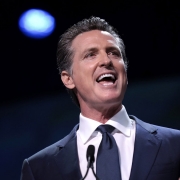 Gage Skidmore, used under CC 2.0 License
Gage Skidmore, used under CC 2.0 License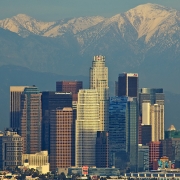 Dave Reichert, CC 2.0 License
Dave Reichert, CC 2.0 License
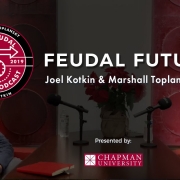
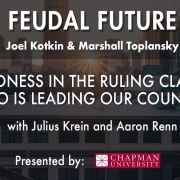
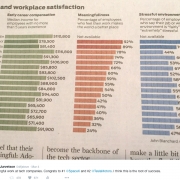
 Public Domain
Public Domain
